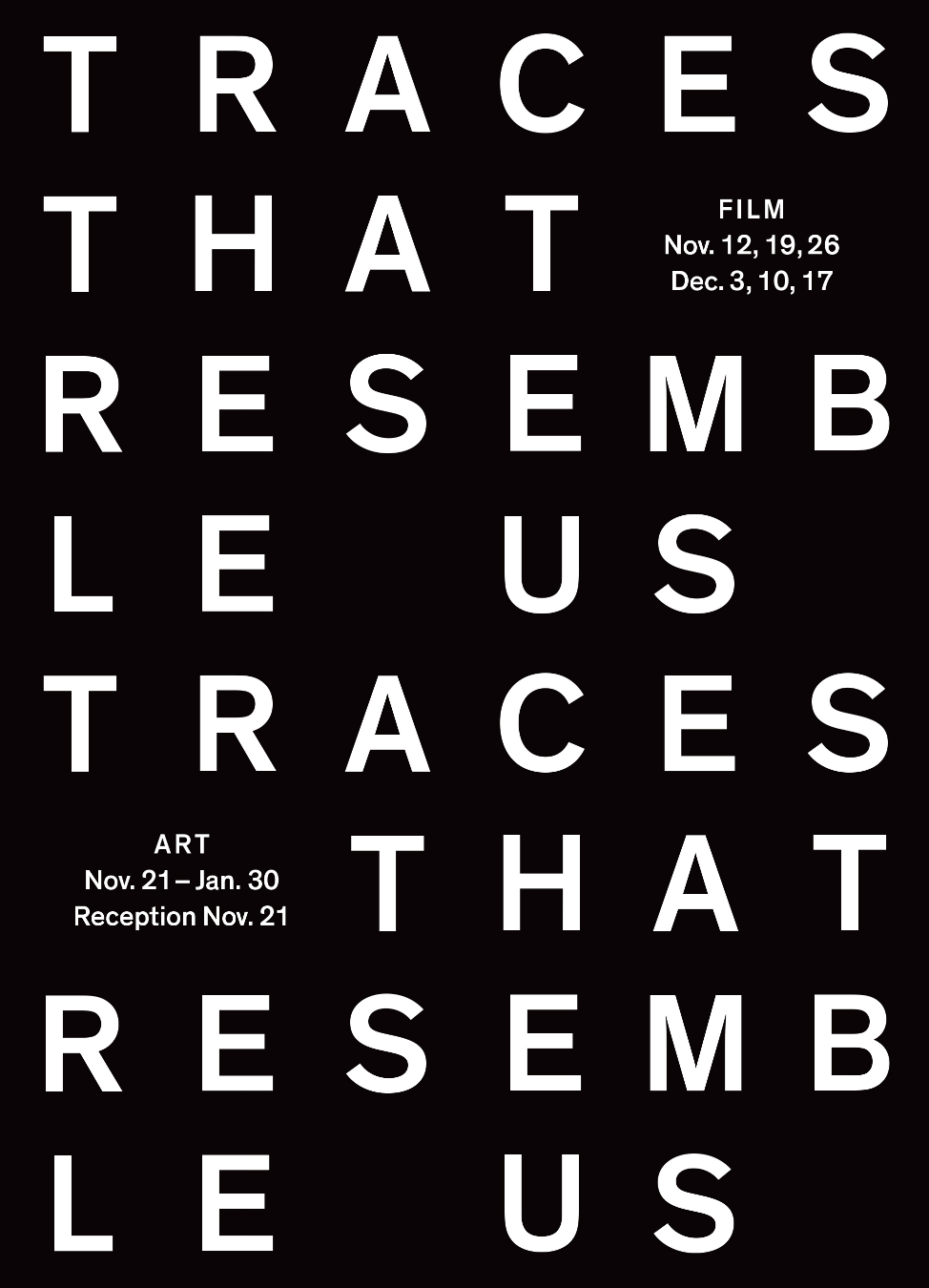“All artists that matured through the seventies and the eighties are going to be influenced by cinema and television in one way or another,” says Ian Wallace, one of Vancouver’s foremost artists and photographers.
An influential founder of photoconceptualism, Wallace is known for producing large-scale, blown-up photographs united with strokes of minimalist, monochrome painting. As a former professor at the University of British Columbia and Emily Carr University, his past students include big names such as Jeff Wall, Stan Douglas, and Rodney Graham. Combined with Wallace, they are four of 12 such artists to be featured in the “Traces that Resemble Us” exhibit hosted by Monte Clark Gallery and The Cinematheque.
“Traces that Resemble Us”—a reference to a phrase uttered by Jean-Luc Godard during a series of talks at Concordia University in 1978—provides a twofold glimpse into the cinematic inspirations of prominent Vancouver-based artists. Every week starting on Nov. 12, two of the artists will each screen a film at The Cinematheque that has been influential to his or her practice; the corresponding artworks can be viewed at Monte Clark. The exhibition takes Wallace’s assertion about the influence of cinema on modern artists one step further, contending that Vancouver artists are uniquely influenced by the medium of film due to the city’s historical involvement with the industry.
For Wallace, a major experience involved an attempt to make a feature-length film called The Summer Script with Jeff Wall and Rodney Graham in the 1970s. “I’ve always wanted to make a film, but it’s so complex and you’ve got to work with so many other people, and really as a director—it’s not that I’m egotistical, but for what I want to express as an artist—I want have total control,” Wallace admits. Though the film came to nothing, he ended up using some stills from it in his later work.
Yet the influence of cinema on Wallace’s work is most evident in his series of Masculin/Feminin collages, named for the famous 1966 Godard film that follows a love affair between an aspiring pop singer and a young idealist. In the collages, Wallace cuts and rearranges photographic stills from a number of Godard films in order to highlight a theme running through much of Godard’s work: the impossibility of communication between the sexes.
“I’m interested in how a director creates symbolically an expression of these relationships,” says Wallace, looking at a collage featuring a still from Contempt, the film he will be programming at The Cinematheque on Nov. 12. “I’m trying to do it in another medium: painting. Godard has dramatic means, a dramatic story that’s carried out—but in static visual art, you don’t have that dramatic aspect. [In painting], we can sit and meditate on the still picture the way you can’t meditate on the film.” Two collages from the Masculin/Feminin series are on display at Monte Clark.
Of the exhibition, Wallace says he is excited about the discussion that will arise between artists and film audiences. Perhaps what is most moving about the program is not the act of tracing the relationship between film and Vancouver artists, but the creation of a new relationship between audiences: the visual art lovers and cinephiles.
_________________________________________________________________
Film screenings will occur on Thursday evenings from Nov. 12 to Dec. 17, 2015 at The Cinematheque, 1131 Howe Street, Vancouver, V6Z 2L7. The art will be shown from Nov. 21, 2015 to Jan. 30, 2016 at Monte Clark Gallery, 525 Great Northern Way, Vancouver, V5T 1E1.










